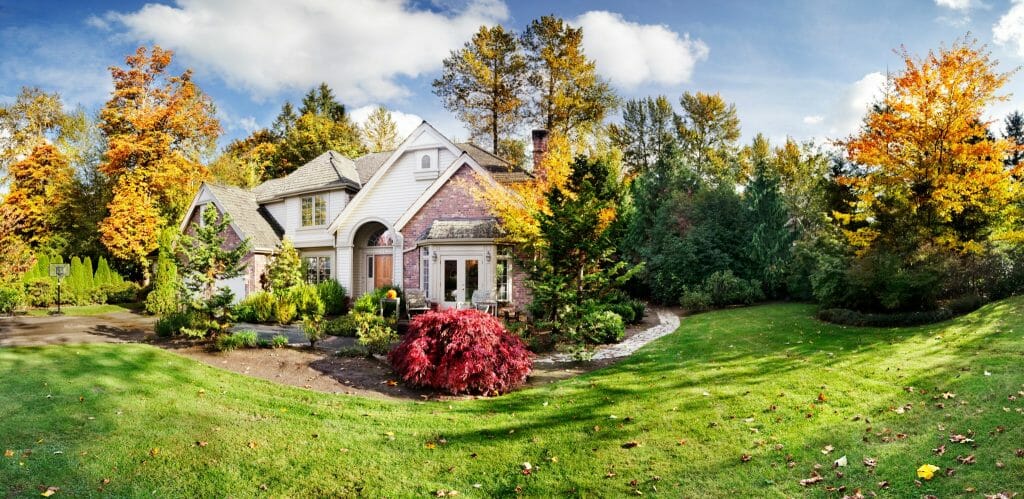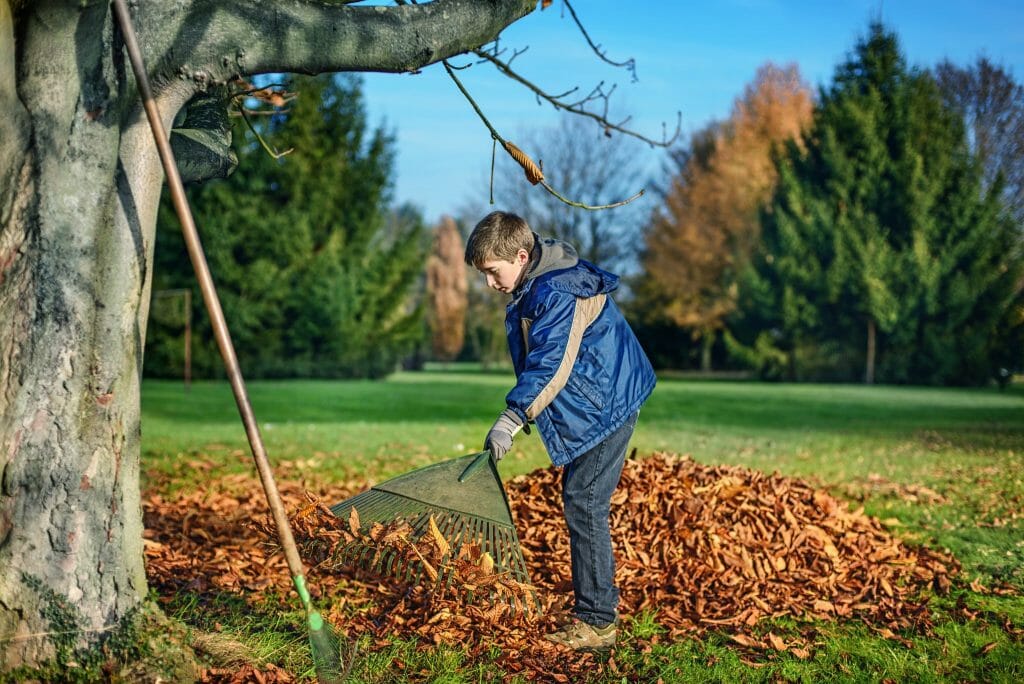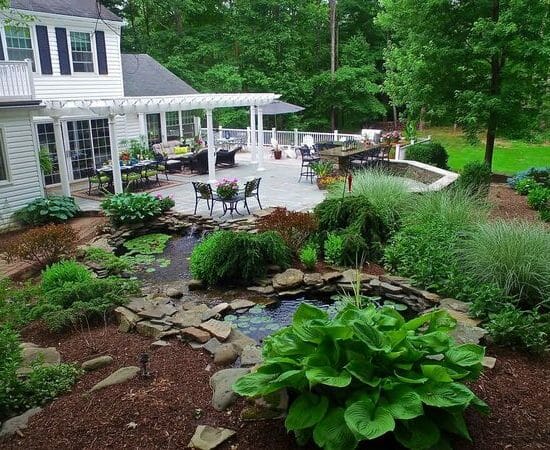The transition from summer to winter can be a tough one. The days are shorter, the air is colder, and you’ll probably be spending a lot of time indoors. Unfortunately, not only are you affected by the seasons changing, so is your landscaping. You need to start taking steps now to prepare for the new season. Here are our top landscaping tips for the changing seasons.
First Things First: Focus On Your Lawn

One of the absolute best things you can do to improve the overall look and health of your lawn is to have it aerated once a year, and the best time to aerate is in fall while the grass is still green. Aeration provides a number of benefits that will both improve its health and ensure it is able to better fare the cold winter months.
Aerating involves removing small plugs of lawn and soil or poking holes deep into the lawn, which makes it easier for water and nutrients to penetrate deep into the roots. The process also helps to break up compacted soil that will otherwise seriously impact the overall quality of your lawn. It’s best to perform aeration in tandem with fertilization since it ensures that the fertilizer can much more easily reach the roots.
If your lawn has any bare spots, fall is also the ideal time for spreading grass seed. This way, all of those seeds should germinate as soon as the warm spring weather hits to ensure your lawn looks fuller and healthier before next summer. Still, seeding in any bare spots won’t just improve the look of your lawn, but it can also help to make your grass less prone to disease.
Use Mulch to Protect Sensitive Roots
Freezing cold temperatures can quickly destroy more sensitive plants, and even your more hardy trees and shrubs could be at risk of damage should the temperature remain too cold for too long. In this sense, one of the best things you can do is lay down a layer of mulch on all of your garden beds and around your trees and shrubs. This mulch basically acts as a layer of insulation that works to protect a plant’s roots from freezing. Cold air is also much drier. This means it can quickly suck the moisture away from your plants, which is another thing the mulch should help to prevent.
Keep Up with the Leaves
In truth, you should really continue to water and mow your lawn throughout the entire growing season, which can be as late as October or November depending on the year. Nonetheless, many people begin to ignore their lawn care more and more once the leaves begin to drop. Of course, this is primarily because the lawn is constantly covered in leaves. The problem is that all those leaves prevent adequate sunlight from reaching your grass. This can make it less resistant to disease and overall less healthy. Still, you can put all of those leaves to good use by mulching them.
Virtually no one likes having to rake leaves, which is one reason why mulching is obviously better. However, the bigger reason is that, instead of causing problems for your grass, mulching all those leaves ensures they will both provide beneficial nutrients to your lawn and also help shield it from the harsh winter cold.
Trees and Shrubs
Fall is the best time to prune and trim some of your trees and shrubs. Removing dead growth and cutting some limbs back before the dormant season can provide major benefits next spring. With proper care, you will see healthier, more vigorous growth. Nonetheless, some species do better when pruned during the summer. Also, certain species are much more prone to diseases and fungal infections if pruned during the wrong time of the year. Pruning and trimming can also be dangerous—especially when working on tall trees or with heavier branches. It is usually best to let professionals who have the proper equipment handle this.
Don’t Forget to Winterize Your Sprinkler System
Your sprinkler system offers lots of benefits for your yard. Unfortunately, you’ll be left with the choice of paying a huge repair bill or going back to watering by hand if you fail to have your sprinkler system properly winterized. If you do not winterize your system, burst pipes are inevitable.
Winter is coming, and it’s important to get your yard ready for the new season. If you have any questions or would like help winterizing your landscape, don’t hesitate to contact the Ohio Valley Group!


